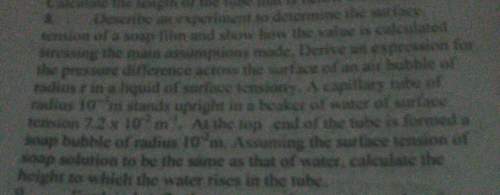
Here, we look at the probabilities of the rotational energy states of a diatomic molecule, such as n2 or o2. it is known that the rotational energy is given by (a.21), 1) erot j = 0,1, 2i where his planck's constant h divided by 27t, that is, h = h/(27t), and i is the moment of inertia about the center of mass, that is i = miri -m2r? + where mi is the mass and r is the distance from the rotation axis for the ith nucleus, explained m2 mass of an oxygen atom. just as there three components to the translational energies from the r-, y- and z-directions, there are three components of the rotational energy from the rotation about the three axes, with the corresponding inertia i, i and i. see fig. 1.5 and the text just above the figure. each degree of freedom, as you know, contributes kbt/2 of thermal energy, or equivalently, contributes r/2 see the contributions from the three translational degrees of freedom. the rotational degrees of freedom add 2 x r/2. that is, (for temperatures below 1000 k) there are only two rotational degrees of freedom o2 molecule, m1 = on page 376 of the textb0ok. for example, for an as moment of to the specific hcat, see fig. 1.13. from this figure, you use the information above to explain why, though there are three rotational even degrees of freedom, their contribution to the specific heat is only 2 x r/2

Answers: 3


Other questions on the subject: Physics

Physics, 22.06.2019 16:00, meowmeowcow
Rank the six combinations of electric charges on the basis of the electric force acting on q1. define forces pointing to the right as positive and forces pointing to the left as negative. rank positive forces as larger than negative forces. q1,q2,q3 = positive(+) q1 = + q2 = + q3 = - q1 = + q2= - q3= + q1= - q2= + q3= + q1= + q2= - q3= - q1,q2,q3 = negative
Answers: 1

Physics, 22.06.2019 18:50, rurbanok12
8.29 two streams containing pyridine and acetic acid at 25°c are mixed and fed into a heat exchanger. due to the heat-of-mixing effect, it is desired to reduce the temperature after mixing to 25°c using a stream of chilled ethylene glycol as indicated in the diagram. calculate the mass flow rate of ethylene glycol needed. the heat capacity of ethylene glycol at these conditions is approximately 2.8 kj/(kg k), and the enthalpy change of mixing (δmixh) is given below.
Answers: 3

Physics, 22.06.2019 19:30, cakey3501
The nuclear potential that binds protons and neutrons in the nucleus of an atom is often approximated by a square well. imagine a proton conned in an innite square well of length 105 nm, a typical nuclear diameter. calculate the wavelength and energy associated with the photon that is emitted when the proton undergoes a transition from the rst excited state (n 2) to the ground state (n 1). in what region of the electromagnetic spectrum does this wavelength belong?
Answers: 1

Physics, 22.06.2019 20:30, adrianayepez8
Four identical lab carts each have a mass of 200 kg. different masses are added to the carts and the velocities are measured. all carts move to the right.
Answers: 3
You know the right answer?
Here, we look at the probabilities of the rotational energy states of a diatomic molecule, such as n...
Questions in other subjects:

Mathematics, 17.05.2021 23:10


Mathematics, 17.05.2021 23:10


Mathematics, 17.05.2021 23:10



Mathematics, 17.05.2021 23:10

Mathematics, 17.05.2021 23:10





